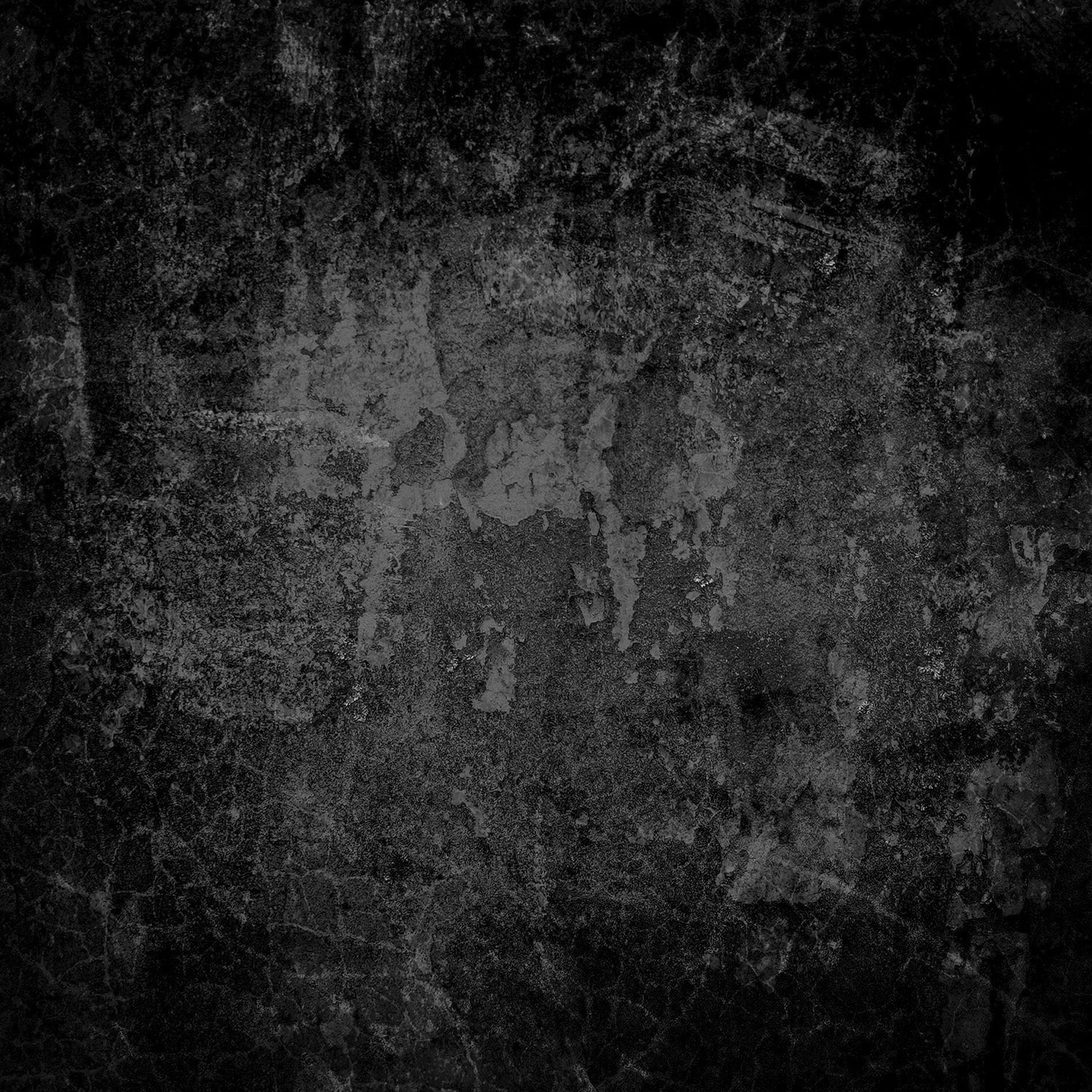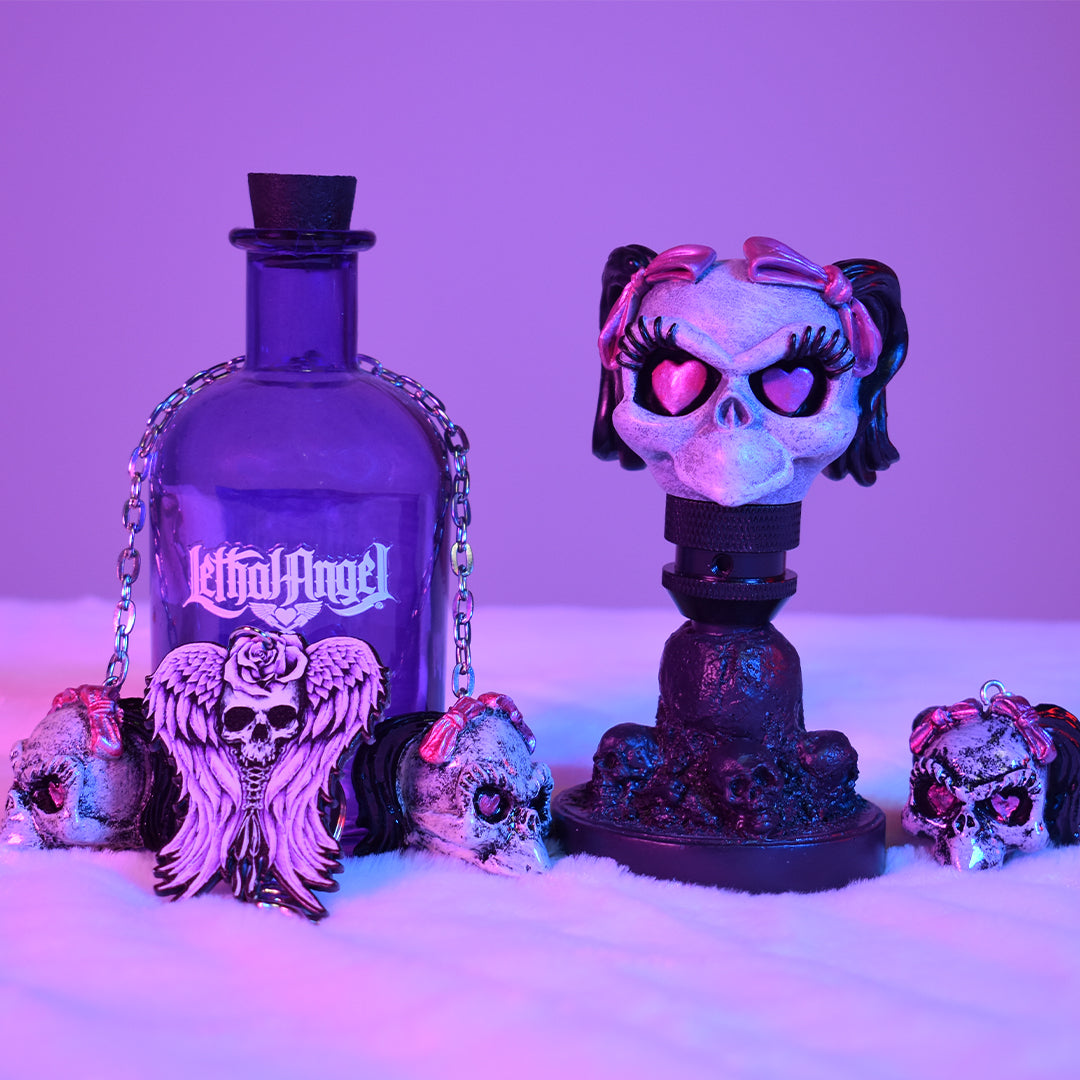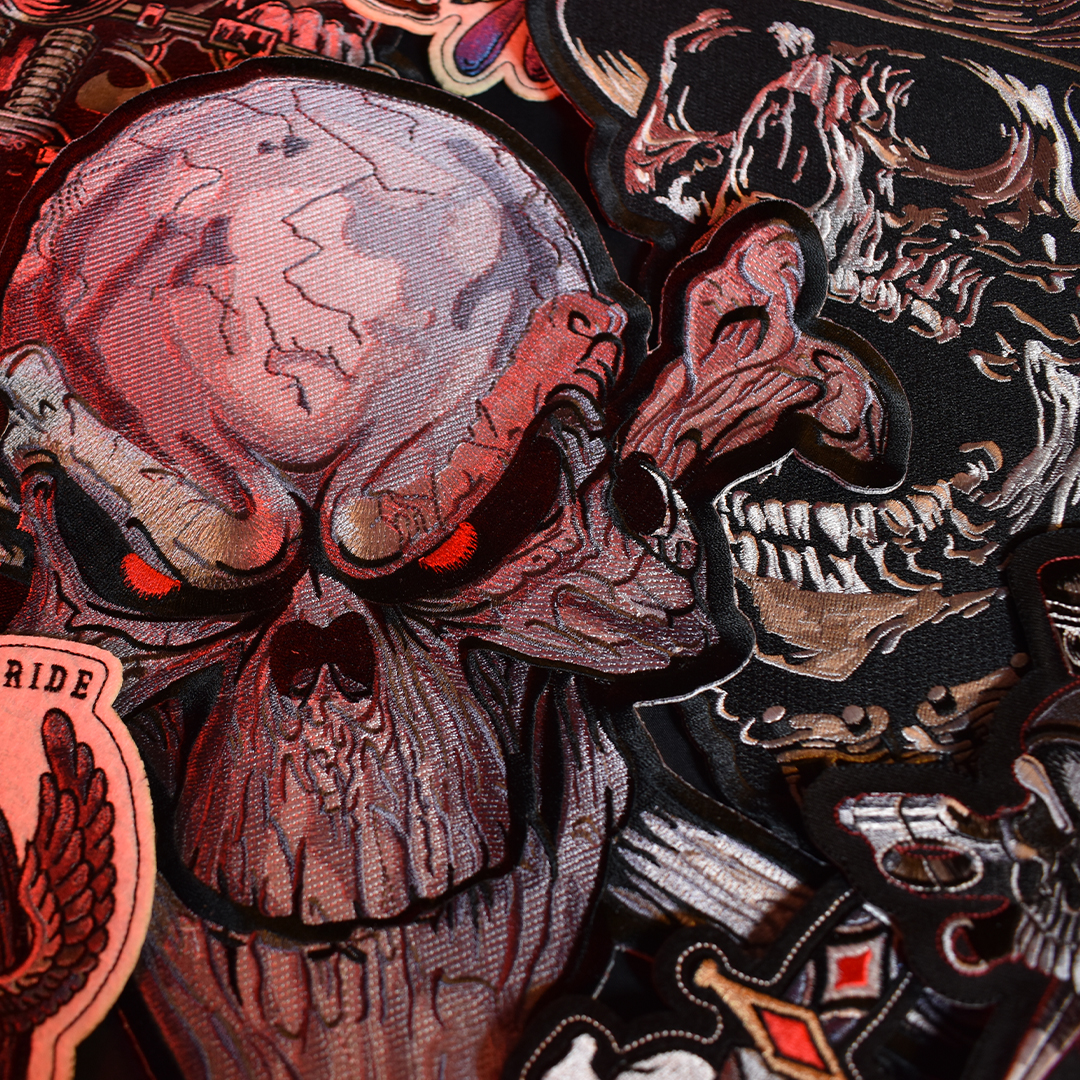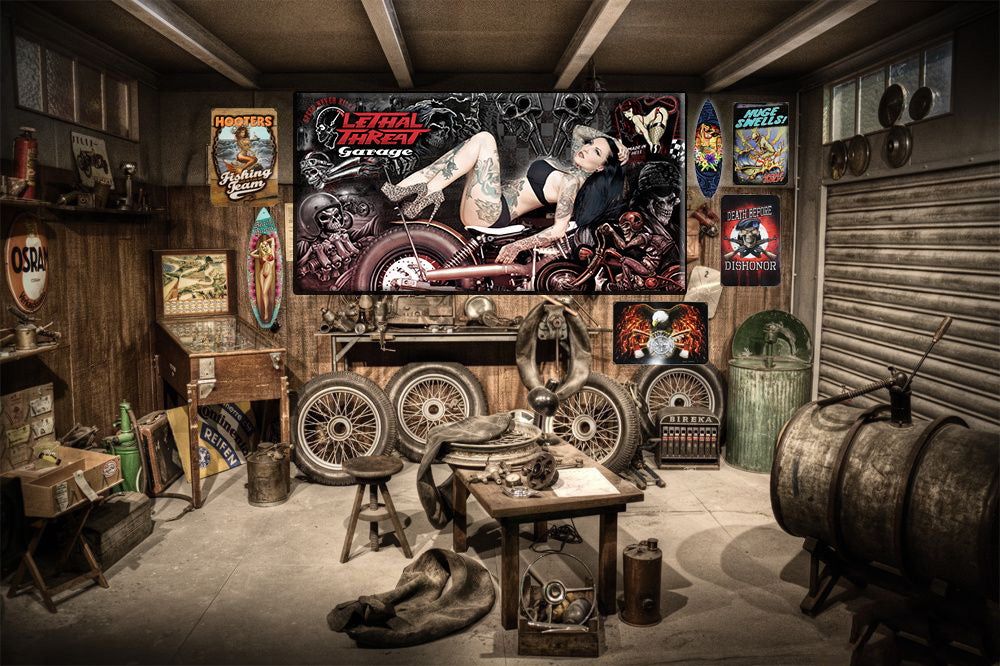Nose Art!
Looking at World War II era aircrafts, you’ve likely seen interesting designs painted on the front, or “nose” of the planes. This particular brand of folk art is known as “nose art,” and has a special place in the hearts of any lover of D.I.Y. culture. Soldiers would decorate the noses of their planes to better recognize their fellow pilots in the heat of battle, but that only scratched the surface of the cultural meaning and impact of nose art. While they may not have realized it at the time, the creativity of these soldiers sparked a countercultural passion for the arts that has transcended military life and can be seen in the artistic movements to follow.


The earliest examples of nose art on record are from the First World War. German and Italian troops would paint mouths and monsters on their jets to strike fear in their enemies, and naturally, the allies responded with their own. Usually, this type of nose art was military approved, and would feature some kind of insignia that would immediately allow for squadrons to be recognized. Even though it wouldn’t be popularized for another few decades, this also marked the start of shark’s face on a small number of British planes. Ground crews would work to create extravagance in these insignias, and even though they didn’t have complete creative control of what was on their planes, took pride in their efforts.

The 1940’s and World War II was where nose art really took off, becoming bolder and packed with personality. Soldiers would both commission artists to make designs on their planes, but many amatuer pilots would discover their passion for design through painting their birds themselves. Designs ranged from pinup girls on calendars of the time, to popular cartoon characters, to the famous shark face.


Perhaps the most famous designs are those of The Flying Tigers, a volunteer group of pilots that defended China from Japanese airstrikes. Not only did they popularize the shark face globally, but their insignia was designed by the Walt Disney Company — which explains why it looks so good.

In the military, there isn’t much room for a personal touch (that’s kind of the whole point), and nose art became a way for pilots to circumvent their lack of individuality. What the soldiers were doing to their planes wasn’t exactly allowed, so many artists remain anonymous to this day. Still, the effect that the illustrations had on troop morale was noticeable enough that most commanding officers let it slide. In true fringe-culture fashion, nose art was just as much about sticking it to military regulations as it was a personal expression. With the knowledge that the Navy banned nose art completely, it’s good to know that there were folks in the military that didn’t have their heads screwed on too tight.


As military technology rapidly expanded in the 50s and 60s, airships got bigger, and designs got flashier. During the Korean War, soldiers were able to fit even more lavish designs on their planes. However, the eclectic nature of nose art would begin to decline as politics changed. Representations of women as nude pinup models started to be seen as inappropriate, and stricter military regulations went into effect. These factors led to a decline in nose art as a pure creative declaration. That being said, this wasn’t the end of the artform. In Vietnam, planes would have specifically tailored nose art to fit the names of their aircrafts. Azreal, the Angel of Death was a popular piece of nose art, just to name one. Nose art has held onto some popularity in the modern day, but it’s still nowhere near the level that it was at in the golden age. Pinup girls were allowed back, but they had to be fully clothed (which basically defeats the purpose), and more often than not, nose art would be worked into a plane’s camouflage.

While the artform isn’t what it used to be, its influence is still undeniable on Kustom Kulture, and countercultural art at large. Ten years before the movement even began in the United States, people were discovering their love for having their machines customized, and going against authority through art. Many who would go on to become figures in Kustom Kulture likely participated in the war or knew people who did. While we’ll never know exactly who designed many of those planes, you can bet that at least some of them would go on to customize cars, motorcycles, and beyond. You can even see the genesis of the chaotic, colorful, and cartoony sense of humor that pop artists like Ed Roth would go on to perfect in some of the designs of old. Without nose art, who knows where we’d all be today?
If you love nose art or are a newcomer to this art movement, check out our Miss Danger Flying Tiger Pin Up Girl Embroidered Work Shirt / Shop Shirt Our goal with our embroidered work shirts is to offer killer designs at the best quality possible at a reasonable price. Enjoy!
















Leave a comment